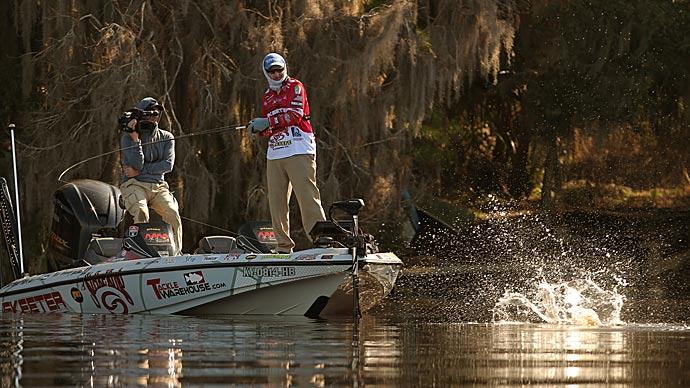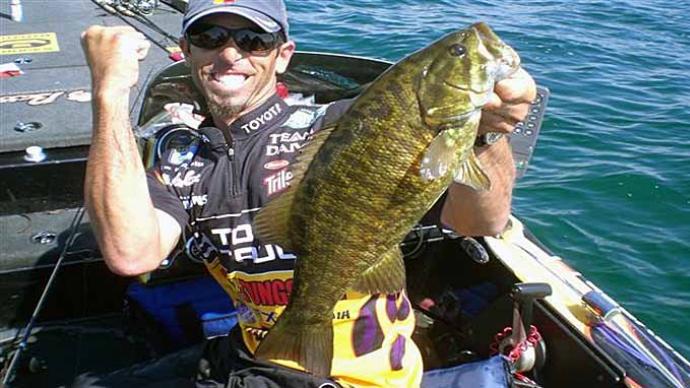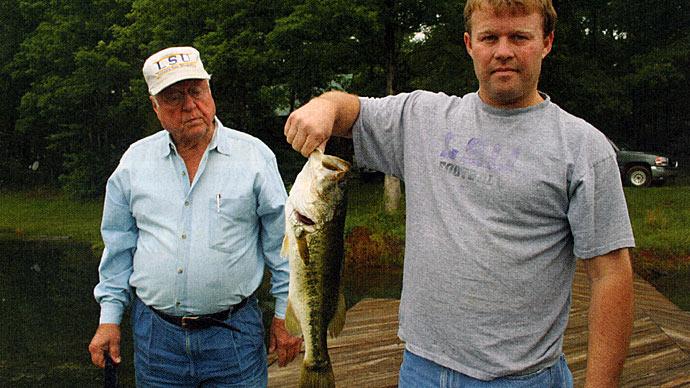This past winter, you've organized your tackle, spooled reels with fresh line, cleaned the boat twice and spent countless hours reviewing lake maps and navigation charts. All of this has been done in meticulous preparation for the upcoming tournament season. So what else can you do to get ready? Not much, really. If you are like me, you have also spent considerable time cruising the Bass Pro Shops and Cabelas websites, drooling over the hundreds of pictures of lures. I especially enjoy this part of my winter ritual, not because I am preparing to win the lottery, but rather, because I am looking at the lures for new techniques, similarities and differences, and unique presentations to incorporate into upcoming tournaments. One tactic I discovered and now specifically employ for springtime bass is a "vertical" presentation with "horizontal" baits. This technique is commonly used by bass anglers during pre-spawn, spawn, and post-spawn conditions, whether intentionally or by mere coincidence.
Horizontal Lures
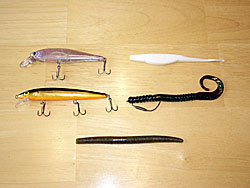
My favorite lures for the spring period include jerkbaits and stickbaits. The Rapala Husky Jerk, Gambler Super Stud, and the Yamamoto Senko are tried and true lures. In general, they all employ the characteristics of an elongated profile and a suspending or slow-falling action. The profile is essential to simulating the bass' forage, while a suspending / falling action elicits a natural interest in the bait being offered. Carefully pinpoint or forcefully rip these baits in front of even the wariest bass, and you'll be amazed at the effectiveness.
The Seasons
Before the spawn, anglers can expect a bass' reaction to these lures to be out of hunger or reaction. Keeping the bait in front of the bass is essential for a feeding strike, whereas fast-moving, stop-and-go baits create a reaction strike. Pay attention to the type of forage the bass may be targeting this time of year. Is it panfish, shad, or terrestrial (land-based)? Often, the best indicator for this is your fishing location.
During the spawn, a more subtle presentation is required. At this time of year, expect most of the fish to be cruising flats or on a bed. In either case, a "horizontal" lure is deadly. When pitched onto a bed, I believe that stickbaits and other lures of a similar profile fall slowly and disturb a greater area within the nest territory. Granted, traditional "nose-down" presentations such as a jig or Texas-rigged plastic worm have their place. However, anglers should carefully evaluate the bass' personality before selecting the most effective presentation; a horizontal lure may trigger an uncooperative fish into biting.
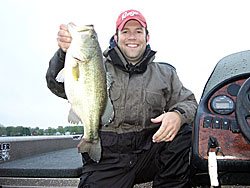
Inside weedlines are my favorite place to target post-spawners. Senkos or worms rigged with weighted hooks work great in this situation. Again, the key is to focus on a vertical presentation with a horizontal bait. In preparation for a tournament a few years ago, I observed most of the larger fish moving towards shore rather than immediately out to the weedlines. Those bass were roaming and cruising the super-shallows in pursuit of the bountiful sunfish. The lake had formed a distinct inside weedline which made great ambush points for the bass. Simply throwing a worm Texas-rigged with a weighted hook put dozens of fish in the boat for me rather than a sporadic few found on the edge of the outside weedline.
I encourage you to experiment with this technique on your own. You'll be amazed at the results obtained by taking a few of your confidence lures that you typically pitch or flip and presenting them with a "horizontal" look.


